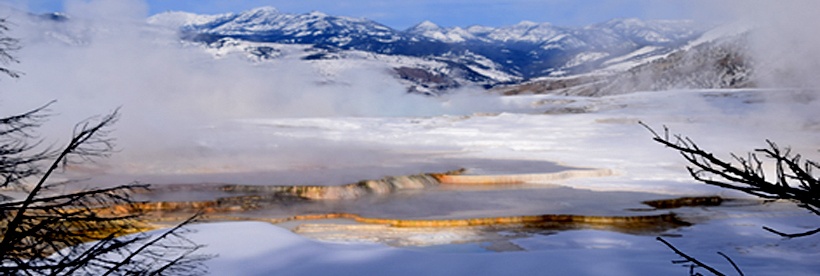 I took a break from writing a paper on Tertiary volcanic tuffs in southwestern Montana a few days ago to go on our yearly steelhead fishing trip on the South Fork of the Clearwater River in Idaho. Steelhead are amazing fish in that they are ocean-going rainbow trout that spend two years in the ocean, and then swim back into Idaho rivers like the Clearwater, Snake, and Salmon. Eventually the steelhead reach these rivers’ upper stretches for their spawning grounds. On the South Fork, steelheads are considered as “B-runs”, which are a mix of both native and hatchery fish.
I took a break from writing a paper on Tertiary volcanic tuffs in southwestern Montana a few days ago to go on our yearly steelhead fishing trip on the South Fork of the Clearwater River in Idaho. Steelhead are amazing fish in that they are ocean-going rainbow trout that spend two years in the ocean, and then swim back into Idaho rivers like the Clearwater, Snake, and Salmon. Eventually the steelhead reach these rivers’ upper stretches for their spawning grounds. On the South Fork, steelheads are considered as “B-runs”, which are a mix of both native and hatchery fish.

Extremely high water levels marked this year’s steelhead fishing trip. Rocks of a Jurassic-Cretaceous felsic pluton outcrop along the South Fork’s edge.

Steelhead are ocean -going rainbow trout that eventually migrate into the upper reaches of Idaho rivers such as the Clearwater, Snake and Salmon rivers, to spawn.
This year’s fishing adventure was marked by extremely high water levels. We usually fish at an area called the Hog Hole, a part of the South Fork that is armored by large boulders – and as an Idaho Fish and Game person told me – is an impressive velocity barrier to upstream fish migration. Fisherman typically occupy many large boulders that are scattered across the river at this location. That wasn’t possible during our fishing trip as the high water limited us to standing on only the rocks along the river’s banks.
The other impressive part of this annual fishing trip is that it takes place basically along the Western Idaho Suture Zone (WISZ). The WISZ, as noted by Fleck and Criss (2004)…
represents the boundary between crust overlying Proterozoic North American lithosphere and Late Paleozoic and Mesozoic intraoceanic crust accreted during Cretaceous time (Fleck and Criss, 2004).

Map showing composite Blue Mountains terrane and geology of the suture zone and adjacent North American terranes (from Idaho Digital Atlas).
The Digital Atlas of Idaho gives a good overview of the WISZ and accreted terrains. For the South Fork of the Clearwater, the Digital Atlas also breaks down the Idaho geological map by county, with the stretch that we fish lying in Idaho County. According to the Idaho County geological map, the Hog Hole sits on the west side of the suture, in accreted terranes that are partially covered by Tertiary Columbia River basalts (17.5 million to 6 million years in age) and intruded by Jurassic to Cretaceous (160 million to 120 million years in age) felsic plutonic rocks. Glacial sediments overlie these older rocks, particularly in the upper part of the South Fork drainage. The juxtaposing of all the varied geology does add another level of enthusiasm for the annual fishing expedition!

A Columbia River basalt flow underlain by a red-colored paleosol,. The basalt-paleosol outcrop is alongside State Highway 13, on the grade up from the South Fork to Grangeville, Idaho.

Slumps were ubiquitous along both the Clearwater and the South Fork of the Clearwater rivers because of the large snowpack and the recent rain.
